

location and size
The District has a total land area of 1.244.75 sq. km., representing about 6.8% of the fifteen districts in the Volta Region (18.093.27sq krn.). Jasikan, the district capital, lies 260 km North-East of Accra, the national capital. It is strategically located as it provides a good linkage between the South -Eastern part of the country to the Northern Region.More importantly, the district provides a warm welcome to friends and visitors to the district as well as those passing through to the Kadjebi, Nkwanta North, Nkwanta South, Krachi East, Krachi West Districts and into the Northern Region.
Topology and drainage
The topography of the district is hilly and undulating becoming almost flat in certain areas. The district is almost surrounded by mountain ranges; typically are the Buem-Togo Ranges which is an extension of the Akwapim Ranges. The eastern parts are relatively higher with occasional heights ranging between 750ft - 2000ft above sea level. Some communities like Baglo(1650ft), Teteman (1450ft) and Kute (1300ft) are on steep ranges.
The district is well drained by several rivers. Some of the important ones are Konsu, Bompa, Kabo, Kute, Dayi, Dfuo, Odome, Asukawkaw and part of the Volta Lake. Almost all of these rivers are seasonal with most of them overflowing their banks during the rainy season and drying up during the dry season.
Generally, the whole eastern part of the district is hilly, while the western end is flat and undulating. Some communities, such as Baglo, Teteman and Kute, are on steep hills. The district is drained by such rivers as Konsu, Bompa, Kabo and Asukawkaw.
Climate and vegetation
The district falls within the wet equatorial zone. It experiences a double maxima rainfall regime in May-July and September-November with peaks in June and October. The rainfall pattern averages between 1,250mm to 1,750mm per annum in the mountainous areas. The dry season ismostly manifested between December and February and it is generally characterised by cool and dry wind. The average temperature varies between 22° and 34°.
The vegetation is generally depicted by moist deciduous forest. Due to the relatively high rainfall experienced annually in the eastern parts, the vegetation is thicker and more luxuriant. These are forests made up of different species typical of semi-deciduous forests. The western part of the district is also characterized by the mixed savannah dotted with tree vegetation. Bamboo and other wet species are also found, especially on the banks of streams. The vegetation supports wildlife and the major animals found are monkeys, antelopes, bush pigs, pangolins, grass-cutters, chimpanzees and reptiles.
As one of the few endowed with forest resources in the region, the District has a total land forest area of 304.89km2, with the following reserves:
• Odomi River Forest Reserve (18.45km2) covering Jasikan, Bodada, Teteman and Bowiri.
• Kabo River Forest Reserve (B5.97km2) covering Kabo, Apesokubi and Worawora.
• Togo Plateau Forest Reserve (150.45km2) covering Nkonya, Bowiri and Akpafu.
The activities of timber merchants and illegal chainsaw operators exert negative effects on the district’s environment and economy in general. Farming and other small industrial activities have also contributed in diverse ways to the degradation of the natural environment by reducing the forest from primary to secondary and even, in some cases, to savannah.
In order to protect this important resource, there are programmes for the protection of the forests, including
•Collaboration with the local people through the formation of Collaboration Forest Management Committees (CFMCs) to protect and manage the permanent forest estate.
•Promotion of private/community tree growing (woodlot establishment and amenity planting) through education and technical assistance.
•Recruitment and training of Fire Volunteer Squads (FVS) in the communities.
•Anti-bush fire campaigns through the district
•Provision of Success Dependent Support - a scheme that is development-oriented monitory incentive to communities for efforts in fire prevention.
Moist semi-deciduous forest covers the eastern part of the district, while the west is dominated by mixed savannah dotted with giant trees.
Geology and soil
The Buem -Togo Series underlies the district. About 70% of the basement land formations are made up of the Buem series. The major rock types are the Voltarian, Buem - Togo series and basic intrusions. The Buem series dominate the western part while the Eastern parts are dominated by the Togo series. The Togo series consists mainly of Quartsites phyllitics and sand stones. To the East of the Togo Atakora ranges are the Buem Volcanic formations containing integrate of stuffs, jaspers and basalts.
The exposed Basalts have finally weathered to fertilize farmlands over the hills. It is a common practice to find most farmers preferring to farm on mountains and hills. The major soil types are Amedzofe-Efu, Afu Associations and Kettre/Banda Chaiso complex. The forest ochrosol soil is dominant in the forest zone, covering about 55 percent of total low areas. The forest ochrosol soil generally supports cultivation of cocoa and other tree crops.
Again, the folded and fractured rocks allow for the occurrence of ground water in the formations. The ground water tables are generally high with an average water table ranging between 6 meters to 30meters. It is recommended that well digging should be preceded by sufficient geophysical test to determine the resistance of the layers.
The district is also endowed with rich natural resources. Geological studies evidenced deposits of gold and diamond according to reconnaissance survey on the district. Analysis of samples of band of shale found along the stretch of Bowiri-Kwamekrom show potential of purest quality that could supply raw materials for the ceramic industry.
Throughout the district, there are stone deposits for quarry activities. This resource supports the road and other construction industry. The predominant areas are Bodada, Abotoase, Akaa, Baglo and Dzolu.The basic rock underlying the district is the Buem-Togo series. These consist of quartzite, phyllites and sandstone. There are also shales and arkose.
Date Created : 11/29/2017 2:49:39 AM


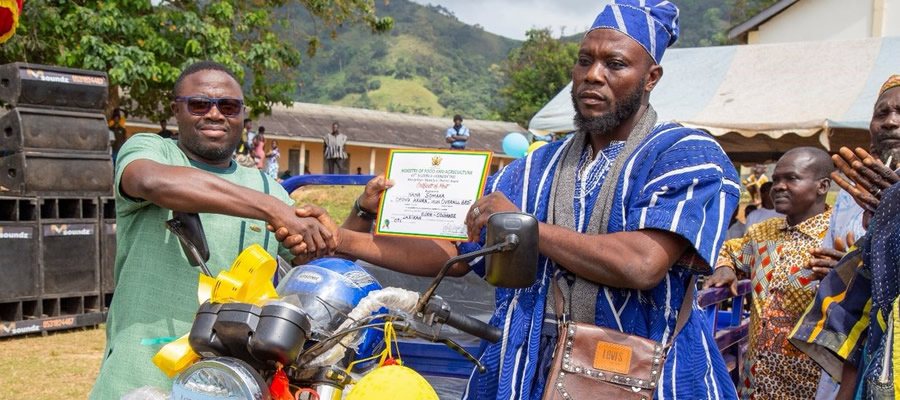
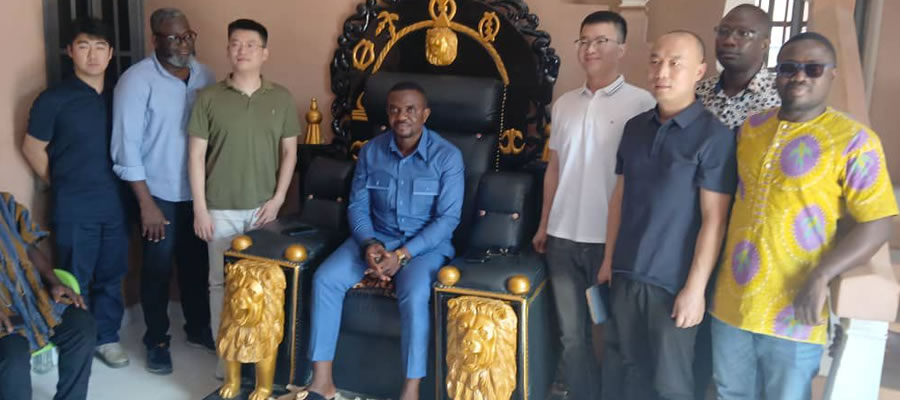
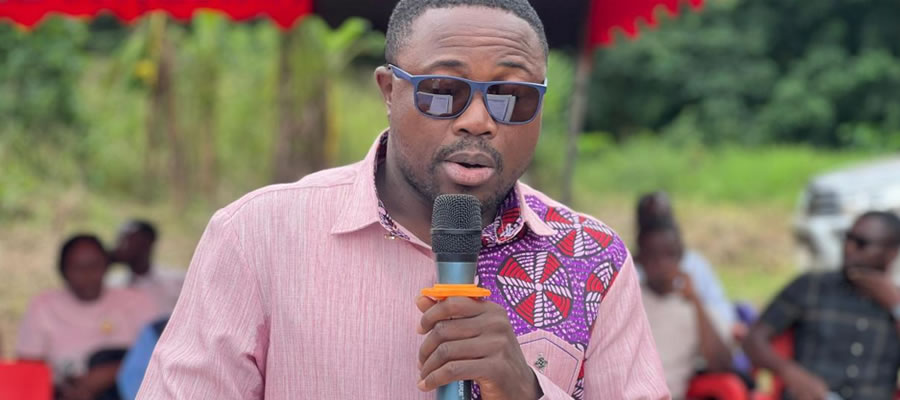
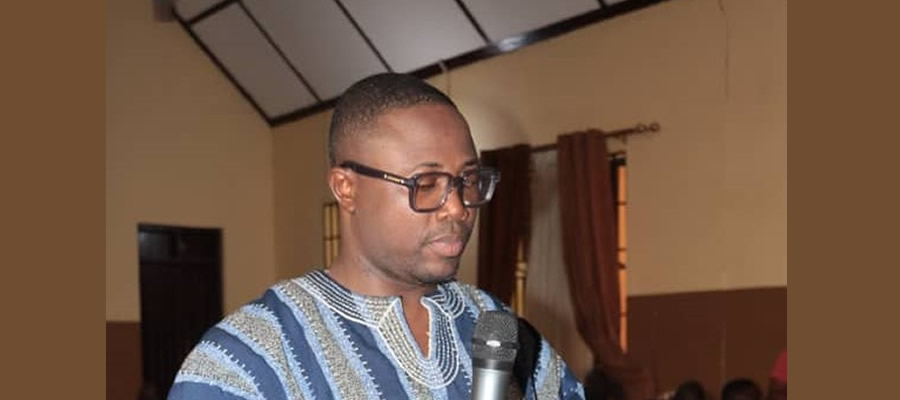
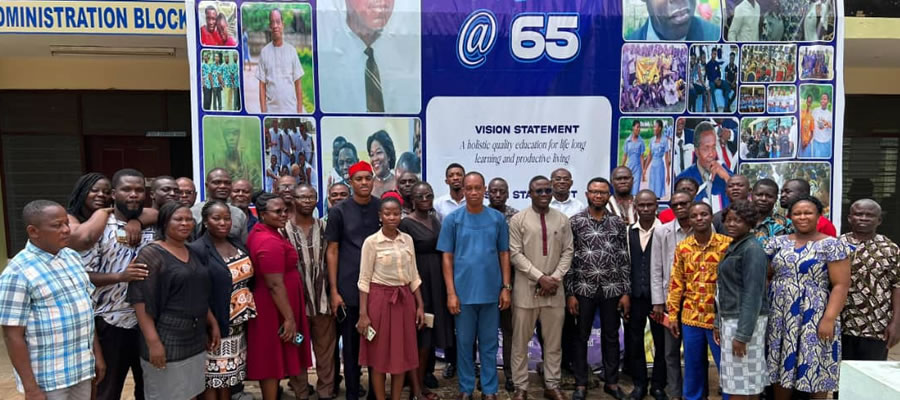
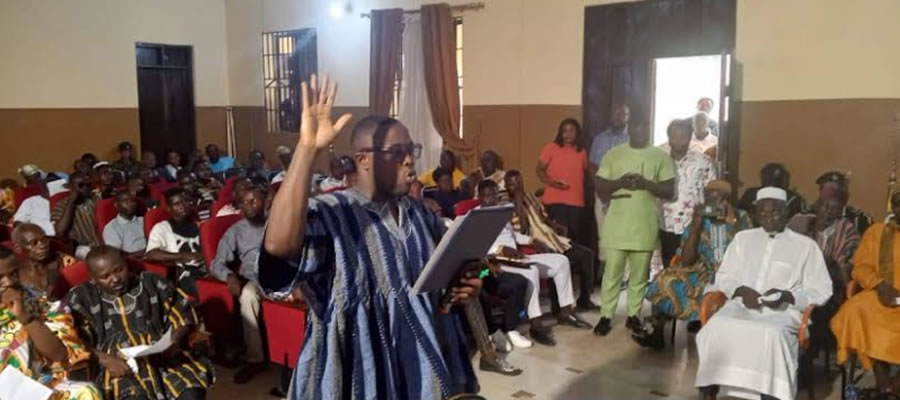




 facebook
facebook
 twitter
twitter
 Youtube
Youtube
 +233 593 831 280
+233 593 831 280 0800 430 430
0800 430 430 GPS: GE-231-4383
GPS: GE-231-4383 info@ghanadistricts.com
info@ghanadistricts.com Box GP1044, Accra, Ghana
Box GP1044, Accra, Ghana